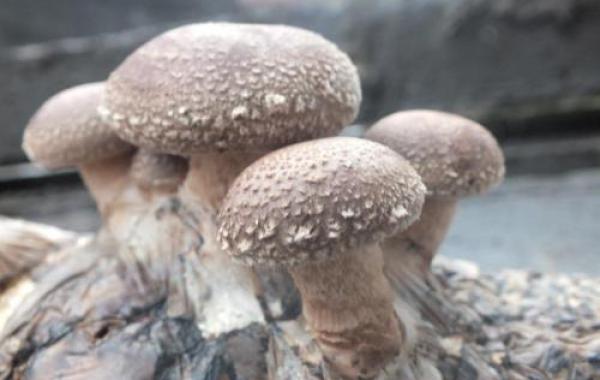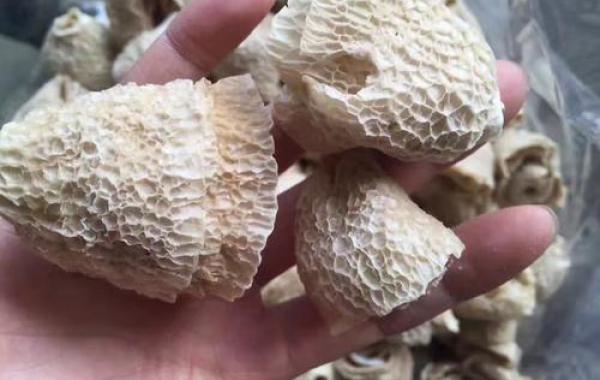Are there any pesticides with strong efficacy in the control of diseases and insect pests of edible fungi?

Are there any pesticides with strong efficacy in the control of diseases and insect pests of edible fungi?
Diseases and insect pests are indeed an important factor affecting the output and quality of edible fungi. Many mushroom farmers believe that the problem can only be solved by pesticide control, so they do everything possible to find out if there are the best pesticides. In fact, this idea is one-sided. Because edible fungus is a healthy food, it is necessary to use little or no pesticides in the production process in order to ensure the safety and nutrition of the product; one-sidedly rely on drugs to control diseases and insect pests, and do not pay attention to the comprehensive management of the environment, whether it is a new mushroom house or an old mushroom house, the output will inevitably be lower and lower.
There are many factors that affect the yield of edible fungus, first of all, we should select the excellent strains with vitality and strong stress resistance, and then the culture materials with high freshness, reasonable formula and thorough sterilization are required, which is the basis of high yield. In the prevention and control of diseases and insect pests, the comprehensive control methods of prevention, environmental control and physical control should be emphasized. Here are some suggestions for reference on the key points of pest control in mushroom houses:
First, attach importance to the control of the production environment and control the source of diseases and insect pests. The mushroom room should choose a place with a good environment, away from the source of the breeding of diseases and insect pests; strengthen environmental hygiene inside and outside the mushroom room to prevent the breeding of diseases and insect pests; strengthen preventive measures, such as installing anti-insect nets, to block the passage of diseases and pests into the mushroom room; operators should change overalls, wear work hats and masks when entering the studio, and disinfect their hands to prevent pathogens and pests from entering the studio.
Second, strictly disinfect mushroom houses to prevent diseases and insect pests. Two methods can be used to disinfect the mushroom house: one is to fumigate the fungus bag before entering the mushroom room, and the other is to fumigate the mushroom room which is free in summer, where the film can be removed and the tools used should be strictly disinfected; the waste of cultivation should be disposed of in time, the contaminated materials should be destroyed immediately, and other wastes can be used as fertilizer, feed or biogas raw materials, and do not pile them up randomly.
Third, strengthen the management of mushroom houses to prevent the occurrence of diseases and insect pests. By adjusting the temperature, humidity, ventilation and light of the mushroom room to create an environment conducive to the growth of edible fungi, not conducive to the reproduction and growth of miscellaneous bacteria and insect pests, and to prevent the occurrence of diseases and insect pests; in addition, the installation of black light in the mushroom room or the use of the phototaxis of pests and other methods to trap and kill pests.
Fourth, strictly control the use of chemical pesticides. When we have to use chemical pesticides, we must strictly control the use of chemicals with high efficiency, low toxicity and low residues, and strictly prohibit spraying during the growing mushroom period.
1. In the mushroom period, the use of pesticides should be very cautious, pesticides contaminated on mushrooms, will cause food pollution. At present, countries all over the world are very strict with the testing of pesticide residues in food, and pesticide residues will affect the quality of products and market competitiveness.
two。 It is forbidden to directly use highly toxic organic mercury, organophosphorus and other chemicals in mixing and stacking materials; pesticides with long residual period, not easy to decompose and irritating odor can not be used in mushroom beds. Especially when there are mushrooms on the bed, it is absolutely forbidden to use agents with strong toxicity, long residual period or irritating odor.
3. In order to control diseases and insect pests of edible fungi, the pesticides with high efficiency, low toxicity and low residue should be selected, and the types and concentration of pesticides should be selected according to the control object. If dichlorvos has fumigation and contact effect, it has special effect on adults, larvae and jumpers of mushroom flies, but has poor killing effect on mites; phoxim is a new type of organophosphorus insecticide with high efficiency, low toxicity and low residue, which not only has special effect on mushroom flies and jumping insects, but also has good contact effect on mites, and its efficacy is better than that of dichlorvos; if phoxim plus acaricides is used to control mites, the effect is better than other pesticides. The appropriate concentration of phoxim and acaricide should be selected, and 500x solution should be used to control mites from composting to pre-mushroom stage, but the concentration should be reduced to 1000 times in the development stage of seed body.
4. When using pesticides, you should first be familiar with the nature of pesticides. Abuse of pesticides sometimes forms a layer of toxic substances on the surface of the overlying soil or culture materials, affecting the growth of mycelium and reducing production.
5. Use botanical pesticides and microecological agents as much as possible, such as pyrethrum, fish rattan essence, yield-increasing bacteria and so on.
6. Protect natural enemies and do not abuse pesticides.
- Prev

How to use medicine to prevent and control jumping insects of edible fungi? Methods of controlling jumping insects with Edible Fungi
How to use medicine to prevent and control jumping insects of edible fungi? Methods of controlling jumping insects with Edible Fungi
- Next

How to avoid the occurrence of edible fungus diseases and insect pests?
How to avoid the occurrence of edible fungus diseases and insect pests?
Related
- Fuxing push coffee new agricultural production and marketing class: lack of small-scale processing plants
- Jujube rice field leisure farm deep ploughing Yilan for five years to create a space for organic food and play
- Nongyu Farm-A trial of organic papaya for brave women with advanced technology
- Four points for attention in the prevention and control of diseases and insect pests of edible fungi
- How to add nutrient solution to Edible Fungi
- Is there any good way to control edible fungus mites?
- Open Inoculation Technology of Edible Fungi
- Is there any clever way to use fertilizer for edible fungus in winter?
- What agents are used to kill the pathogens of edible fungi in the mushroom shed?
- Rapid drying of Edible Fungi

